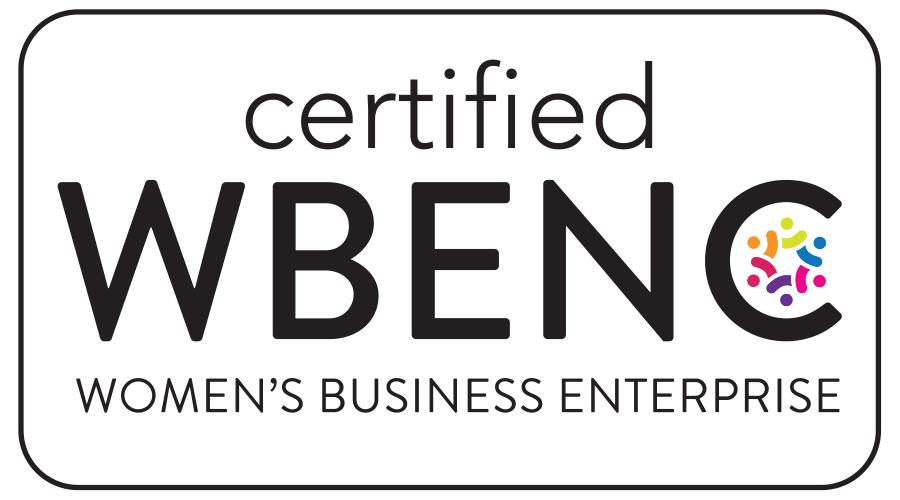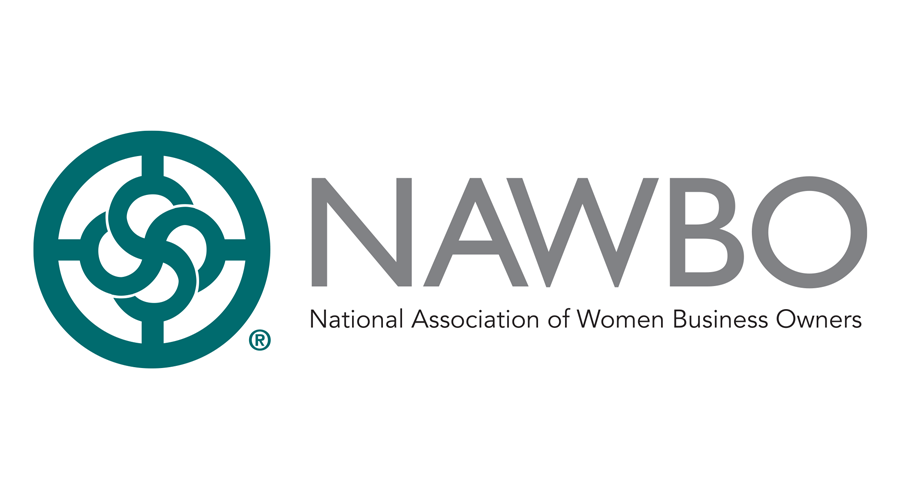Colorado—Corporate, Personal Income Taxes: Advanced Industry Investment Tax Credit Extended and Increased
Jun. 8, 2022
Colorado has modified its advanced industry investment income tax credit as follows:
- extended the credit to investments made through 2026 (previously, 2022);
- increased the credit to 35% (previously, 30%) for qualified investments in rural or economically distressed areas;
- increased the maximum amount of credit for each qualified investment to $100,000 (previously, $50,000);
- increased the total amount of credits to $4 million (previously, $750,000) per year; and
- allows partnerships, limited liability companies, S corporations, or similar pass-through entities to allocate the credit among their partners, shareholders, members, or other constituent investors in any manner agreed to by the partners, shareholders, members, or other constituent investors (previously, only on a pro rata basis based on their ownership interests).
The modifications to the credit take effect August 10, 2022, unless a referendum petition is filed. If a referendum petition is filed, then the modifications will take effect only if approved by voters at the November 2022 general election. If approved, they will take effect on the date of the official declaration of the vote thereon.
H.B. 1149, Laws 2022, effective as noted
Colorado—Corporate, Personal Income Taxes: Film Production Incentive Modified
Jun. 8, 2022
The executive director of the Colorado Office of Economic Development now has the discretion to authorize a film production incentive for a production company in an amount that exceeds the current statutory limit of 20% of qualified local expenditures.
H.B. 1408, Laws 2022, effective June 3, 2022
Colorado—Sales and Use Tax: Emission Reducing Building Materials Exempt
Jun. 8, 2022
Colorado has enacted sales and use tax exemptions for building materials that reduce emissions.
Specific emission-reducing building materials are exempt from Colorado sales and use taxes. This exemption begins January 1, 2023, and ends January 1, 2033. The exempt items include, but are not limited to:
- air-source heat pumps;
- ground-source heat pumps;
- heat pump water heaters; and
- residential energy storage systems.
Additionally, purchases of decarbonizing building materials are exempt from sales and use tax from July 1, 2024, through July 1, 2034. A list of eligible materials will be created by the Office of the State Architect and then provided to the Department of Revenue.
S.B. 51, Laws 2022, effective as noted above
Connecticut—Corporate Income, Insurance Taxes: JobsCT Rebate Program Created
Jun. 8, 2022
Effective for tax years beginning on or after January 1, 2023, the JobsCT rebate program provides qualified businesses that create jobs in the state:
- a credit against corporation business or pass-through entity tax liability; or
- an offset against insurance premium tax liability.
A qualified business can receive a credit or offset for up to 7 years, beginning 24 months after approval of its rebate application. The credit or offset is not subject to the Connecticut’s annual caps of:
- 01% of a taxpayer’s corporation business tax liability; and
- 30% to 70% of a taxpayer’s insurance premium tax liability.
How Do Taxpayers Qualify for the Credit or Offset?
A taxpayer can qualify for the credit if it engages in a business in Connecticut related to:
- finance;
- insurance;
- manufacturing;
- clean energy;
- bioscience;
- technology;
- digital media; or
- any similar industry approved by the Connecticut Department of Economic and Community Development (DECD).
A qualified business must create 25 or more jobs for new or discretionary full-time employees (FTEs). It must satisfy the minimum jobs threshold by December 31 in the calendar year that is 2 years before the calendar year in which it claims the credit or offset. It must also retain those jobs in the calendar year before the year in which it claims the credit or offset.
New FTEs are those that did not exist in the state before the business applies for the credit or offset. It does not include:
- employees added to the business due to a merger and acquisition;
- individuals employed by a controlled affiliate within 12 months before the business applies for the credit or offset; or
- individuals hired to replace FTEs that existed in the state after January 1, 2020.
A qualified business must pay new FTEs the greater of:
- 85% of the median household income for the location where the FTE position is primarily located; or
- $37,500.
A discretionary FTE is an FTE who does not meet the minimum wage requirement, but is approved by the DECD. The DECD can approve a qualified business that creates discretionary FTEs if the majority of those individuals:
- are receiving or have received services from the Connecticut Department of Aging and Disability Services due to a disability;
- are receiving employment services from the Department of Mental Health and Addiction Services;
- are participating in employment opportunities or day services operated or funded by the Department of Developmental Services;
- have been unemployed for 6 or more of the previous 12 months;
- have been convicted of a misdemeanor or felony;
- are veterans;
- do not have a postsecondary credential and are not currently enrolled in a postsecondary institution or program; or
- are currently enrolled in a workforce training program fully or substantially paid for by the employer that results in the individual earning a postsecondary credential.
In evaluating a qualified business, the DECD will determine if:
- it can reasonably meet the full-time employee hiring targets and other metrics;
- its proposed job growth will provide a net benefit to economic development and employment opportunities in the state; and
- its proposed job growth will exceed the number of jobs at the business that existed before January 1, 2020.
How Much Is the Credit or Offset?
Qualified businesses determine the amount of the credit or offset based on:
- the number of new FTEs created or maintained by the business;
- their average wage; and
- the Connecticut income tax that the employees would pay on the average wage computed at the marginal rate for a single filer.
The credit or offset equals:
- 50% of the income tax that FTEs would pay if they are in an opportunity zone or distressed municipality; and
- 25% of the income tax that FTEs would pay if they are in other locations.
There is a minimum credit of:
- $2,000 for each new FTE ($1,500 for each discretionary FTE) for credits earned, claimed or payable before January 1, 2024; and
- $1,000 for each new FTE ($750 for each discretionary FTE) for credits earned, claimed or payable on or after January 1, 2024.
The maximum credit is $5,000 for each new and discretionary FTE. Connecticut caps total credits each fiscal year at:
- $10 million for discretionary FTEs; and
- $40 million for all FTEs.
How Do Taxpayers Apply for the Credit or Offset?
Qualified businesses must apply to the DECD for the tax credit or offset on the form provided by the department.
Is the Credit or Offset Refundable?
The credit or offset is refundable if it exceeds the taxpayer’s tax liability.
Can Taxpayers Carryforward Unused Credits or Offsets?
Taxpayers cannot carry forward unused credits or offsets.
Can Taxpayers Transfer Credits or Offsets?
A taxpayer cannot transfer credits or offsets.
Is the Credit or Offset Subject to Recapture?
If a business fails to create and maintain 25 new FTEs or new discretionary FTEs in 2 consecutive calendar years, it must forfeit all remaining credits or offsets. The DECD can waive the forfeiture if it finds mitigating circumstances of a regional or national nature, including a recession.
Act 22-118 (H.B. 5506), Laws 2022, effective July 1, 2022 and as noted
Maryland—Property Tax: Specified Community Solar Energy Systems Used for Agrivoltaics Exempt
Jun. 8, 2022
Specified community solar energy systems placed in service after June 30, 2022, and approved on or before December 31, 2025 are eligible for a Maryland personal property tax exemption. To be eligible, the system must, among other things, be used in agrivoltaics.
“Agrivoltaics” means the simultaneous use of land for solar power generation and agriculture.
Ch. 658, H.B. 1039, Laws 2022, effective as noted
Colorado—Corporate, Personal Income Taxes: Brownfield Credit Extended and Expanded
Jun. 13, 2022
Colorado extended and expanded its contaminated land (brownfield) income tax credit as follows:
- Extended the credit for two years to include tax years 2023 and 2024;
- Increased the annual total cap on credits to $5 million (previously, $3 million) for 2022, 2023, and 2024, with $2 million of the cap reserved each year for projects in rural communities;
- Expanded the definition of a “qualified entity”that may be awarded a transferable expense amount to include school districts, charter schools, special districts, state institutions of higher education, quasi-governmental entities, and public corporations;
- For tax years commencing on or after January 1, 2022, created an enhanced credit for remediation of a site in a rural community in an amount equal to 50% of the first $750,000 spent on remediation and 40% of the next $750,000 spent;
- Eliminated some restrictions on the transferability of credits; and
- Made administrative changes to the credit transfer procedures to clarify the responsibilities of the taxpayer who is awarded the credit, the transferee, the Colorado Department of Public Health and Environment, and the Department of Revenue.
H.B. 1392, Laws 2022, effective June 7, 2022
Colorado—Corporate, Personal Income Taxes: Temporary Extension of Carryforward for Job Growth Incentive and Enterprise Zone Credits Authorized
Jun. 13, 2022
Certain taxpayers may apply for a five-year extension of the carryforward period for unused Colorado job growth incentive and enterprise zone income tax credits that would otherwise expire between January 1, 2021, and December 31, 2025. However, the extension is not available for enterprise zone contribution tax credits.
Taxpayers may apply for the extension if they operate in a strategic industry and were disproportionately impacted and experienced significant financial hardship due to the COVID-19 pandemic. The commission must determine what qualifies as a “strategic industry” and “significant financial hardship.”
Cap on Credit Carryovers
The total amount of credits allowed to be carried forward in the extended period is capped at:
- $0 for the first two years;
- $10 million for the third year; and
- $15 million for the fourth and fifth years.
Application Procedures
The commission, in consultation with the Office of Economic Development, must establish procedures for the extension applications. Then, it must receive, review, and approve applications on a first-come, first-served, rolling basis.
Effective Date
These provisions take effect August 10, 2022, unless a referendum petition is filed. If a referendum petition is filed, then the provisions will take effect only if approved by voters at the November 2022 general election. If approved, they will take effect on the date of the official declaration of the vote thereon.
H.B. 1418, Laws 2022, effective as noted
Learn more. Reach out to your trusted advisor at Ashmore Consulting.
The information contained herein is general in nature and is not intended and should not be construed as legal, accounting, or tax advice or opinion provided by Ashmore Consulting LLC to the reader. The reader also is cautioned that this material may not be applicable to, or suitable for, the reader’s specific circumstances or needs and may require consideration of non-tax and other tax factors if any action is to be contemplated. The reader should contact Ashmore Consulting LLC or another tax professional prior to taking any action based upon this information. Ashmore Consulting LLC assumes no obligation to inform the reader of any changes in tax laws or other factors that could affect the information contained herein.

 Ashmore Consulting is proud to join Pledge 1%, a global movement creating new normal where companies of all sizes integrate giving back into their culture and values. Pledge 1% empowers companies to donate 1% of product, 1% of equity, 1% of profit or 1% of employee time to causes of their choice. Over 1,500 companies in 40 countries have taken the Pledge and committed to give to communities around the world. Ashmore Consulting is excited to join Pledge 1%’s network of founders, entrepreneurs and companies around the globe that have committed to giving back.
Ashmore Consulting is proud to join Pledge 1%, a global movement creating new normal where companies of all sizes integrate giving back into their culture and values. Pledge 1% empowers companies to donate 1% of product, 1% of equity, 1% of profit or 1% of employee time to causes of their choice. Over 1,500 companies in 40 countries have taken the Pledge and committed to give to communities around the world. Ashmore Consulting is excited to join Pledge 1%’s network of founders, entrepreneurs and companies around the globe that have committed to giving back.


